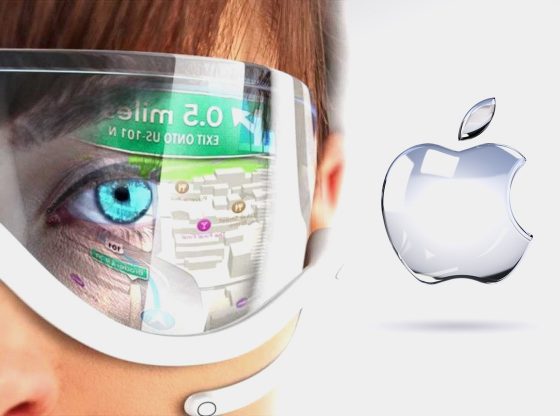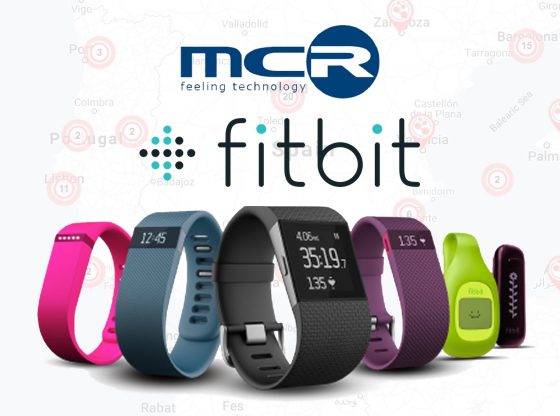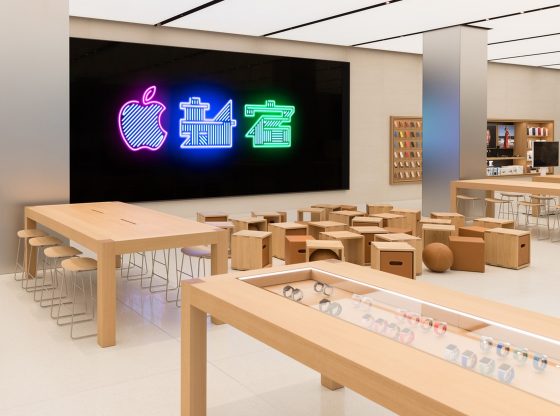Apple has long been rumored to be working on a pair of augmented reality glasses, but recent news suggest that the company is possibly looking to compete with Google, Microsoft and Facebook in the virtual reality space as well.
According to a recent report from CNET, Apple has its eye set on the release of a revolutionary headset codenamed T288 capable of running both AR and VR technologies.
In November, Bloomberg’s Mark Gurman claimed Apple had assembled a team to work on a AR headset. Led by Mike Rockwell, who previously ran engineering at Dolby Labs, the group has now grown to several hundred engineers from across Apple, according to people familiar with the situation.
The team is reportedly testing their work with goal to build a fully integrated headset that includes a 8K display for each eye, and cameras powered by a custom chipset.
Explosive market growth
VR and AR, while nascent markets today, are expected to explode over the next several years. Companies like the secretive Magic Leap have been pouring millions if not billions into development, with the promise that the formats will change the way we see the world. Facebook views AR and VR headsets as the future of computing and communication.
Consumers are expected to buy 22 million VR and AR headsets and glasses this year, according to a report from CCS Insight. In 2022, the number should soar fivefold to 120 million units, the analyst firm said, noting the market could be worth nearly $10 billion at that point.
A new interest in mixed reality technology
Up to now, Apple had been fairly critical of the current state of VR and AR hardware in the market, and it had downplayed its own hand in the game.
That’s not to say that Apple has not been enthusiastic about the AR space. But to date, this interest has largely manifested itself through software — specifically the company’s iOS-based ARKit SDK. It turns out Apple may have big plans for VR too.
Recently Apple has made several acquisitions that underscore its interest in developing the technology that powers the hardware. In June last year, Apple acquired SMI, an eye-tracking firm that was working on solutions for VR and AR headsets. Other AR and VR-related acquisitions have included Flyby Media, Metaio, Emotient, Faceshift, and the Canadian startup VRVana.
CNET video: Apple is developing a combo VR-AR headset — 1:35
The headset, slated for 2020, would be wireless and use Apple’s own chips. Though the company has incorporated augmented reality into its phones, this would be Apple’s first big foray into virtual reality.
8K display for each eye
Plans so far call for an 8K display for each eye — higher resolution than today’s best TVs — that would be untethered from a computer or smartphone, according to a person familiar with the company’s plans.
For reference, even the HTC Vive Pro is limited to just 1,440 x 1,600 per eye, barely meeting full HD. Chinese startup Pimax successfully funded a Kickstarter for the world’s first 8K VR headset, but has yet to ship any product to backers.
The report also claims that the headset will have cameras so it can identify its surrounding environment. If this is accurate, Apple could effectively eliminate the screen door effect you often get with current VR, where the proximity of the display lets you see the gaps between pixels. The improved realism might also help fend off motion sickness for some wearers.
Wireless headset
CNET claims that Apple is designing the headset to be standalone without the need to be hooked up to a computer or smartphone.
The report suggest that the headset will connect to a dedicated box, powered by an unreleased 5-nanometer proprietary Apple processor through a high-speed, wireless technology called 60GHz WiGig. Apple’s current A11 Bionic processor in the iPhone X uses 10-nanometer construction.
Apple has been designing its own chips for years, starting with the iPad’s A4 chip in 2010, and the silicon now powers all of its iOS devices, Apple Watches, AirPods, HomePods, and has even made its way into some Macs.
One of the most annoying things about high-end VR is that it requires a cable tethered to a powerful PC. Apple’s headset could fix this.
Apple is also reportedly working on a new special operating system called “rOS”, short for “reality operating system”, for the headset and exploring the idea of a separate app store just for AR apps.
Avid tech geeks will notice Apple’s plans sound a lot like what Google’s fledgling Daydream VR platform, which consists of the Daydream View VR headset with controller, and a special version of the Google Play Store just for discovering and installing VR apps.
Release planned in 2020
Bloomberg reported in November that Apple aimed to have technology ready for an AR headset in 2019 and ship it as early as 2020.
Apple CEO Tim Cook, himself, has warned that AR glasses aren’t coming soon. In October 2017, he told Vogue, “The technology itself doesn’t exist to do that in a quality way.”
“We don’t give a rats about being first, we want to be best in creating people’s experiences,” he said. “Something that you would see out in the market any time soon would not be something that any of us would be satisfied with.”
As promising as the Apple AR/VR headset sounds, it is also important to remember that Apple could scrap such plans at any time. Just look at what happened with the now dead “Project Titan,” Apple’s ambitious project to build a self-driving car.




